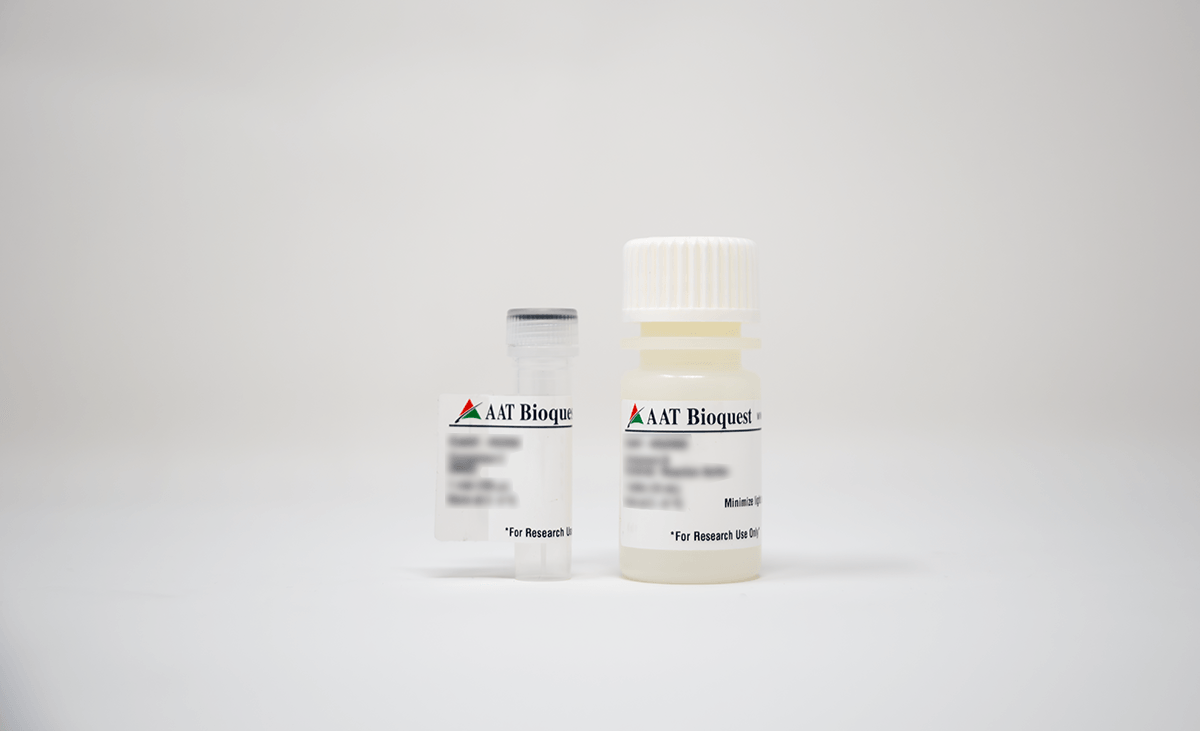ReadiPrep™ PEG Virus Precipitation Kit
ReadiPrep™ PEG Virus Precipitation Kit delivers high-efficiency virus concentration with safe and user-friendly handling.
- Efficient concentration: Achieves over 100-fold increase in viral concentration without ultracentrifugation
- Applications: Ideal for infection assays, viral nucleic acid purification, and general virology research
- Optimized recovery: Improves viral yield by 40 to 100% with the included Virus Resuspension Solution
- Comparable alternative: Provides an efficient option similar to commercial PEG virus precipitation kit from Thermo Fisher


| Catalog | Size | Price | Quantity |
|---|---|---|---|
| 60202 | 40 Preparations | Price | |
| 60203 | 160 Preparations | Price |
Storage, safety and handling
| H-phrase | H303, H313, H333 |
| Hazard symbol | XN |
| Intended use | Research Use Only (RUO) |
| R-phrase | R20, R21, R22 |
| Storage | Freeze (< -15 °C); Minimize light exposure |
| UNSPSC | 12352200 |
Contact us
| Telephone | |
| Fax | |
| sales@aatbio.com | |
| International | See distributors |
| Bulk request | Inquire |
| Custom size | Inquire |
| Technical Support | Contact us |
| Request quotation | Request |
| Purchase order | Send to sales@aatbio.com |
| Shipping | Standard overnight for United States, inquire for international |
Page updated on December 26, 2025
